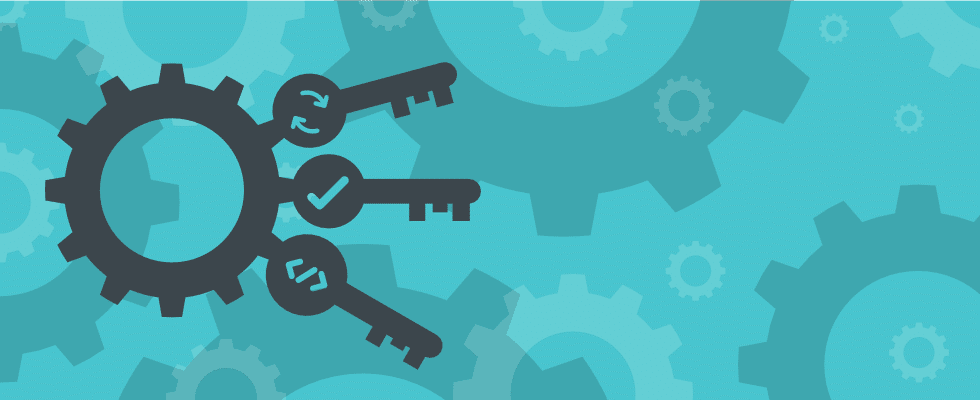
You may have already downloaded our free eBook, Automating Debt Collection 101. This is an excerpt.
Flipping the traditional butts-on-seats model on its head and teaching a machine how to do a human’s job is not an easy process. We’re talking about domain-expert based automation. This is a grueling, operational process of understanding why some people pay and others won’t, and translating it into algorithms that grow with the data they accumulate. To realize the benefits of automation, you’ll need to pay attention to three elements:
Data Infrastructure
The key in this process is defining our key performance indicators. One can’t start this task if data are unavailable, corrupt or fragmented. Most collection teams use a tapestry of systems – for scrubbing bankruptcies, for calling, a mail processing system, a payment processing interface and so on. That leads to a fragmented data store, which makes it impossible to know which actions were taken on a debt and attribute success to any of them. You can’t improve what you can’t measure.
Your first step is creating a unified data store for all your data.
Feedback Loop
Extracting knowledge from domain experts can be frustrating. Often they decide intuitively and cannot explain their reasoning. It takes training, ongoing conversation, and an iterative process to structure their knowledge. The feedback loop includes three steps:
- Interviewing your experts: presenting several cases that were successfully converted and those that weren’t, and asking what they have in common.
- Implementation: the resulting model is validated against data trends.
- Deployment: the model is deployed to your system, and agents can comment on its performance in real time and compare it to the way they would act under similar conditions.
Creating a feedback loop between your agents and data scientists is incredibly important. Without it, your data scientists are guessing, and your agents work without guidance, their knowledge untapped.
Increasing Relevance
The human brain is an incredible machine, and it o ffers intuitive connections that computers can’t make. Whenever faced with new information, even the slightest addition, the brain recalculates its route and makes new assumption about the person they are interacting with. A machine can’t replicate the brain’s ability but it can mimic it – with some help.
Use your experts’ understanding of a customer’s response to inform the way you send your initial communication, as well as using responses you get from them to inform your next communication. While deploying follow up flows based on browsing patterns, we realized some flows converted up to 7 times better than a regular message.
Find pockets of customers who don’t get personalized treatments and create those responses.
Bottom Line
Consumers are increasingly reliant on credit to fund their consumption – whether short or long term. This leads to defaults, and to debt collection being a part of any business’ tool box. As you grow, using automation or an automated solution like TrueAccord is the right way to minimize your costs while increasing your performance, scalability and customer satisfaction.
Interested to learn more? Pick up our free eBook: Automating Debt Collection 101